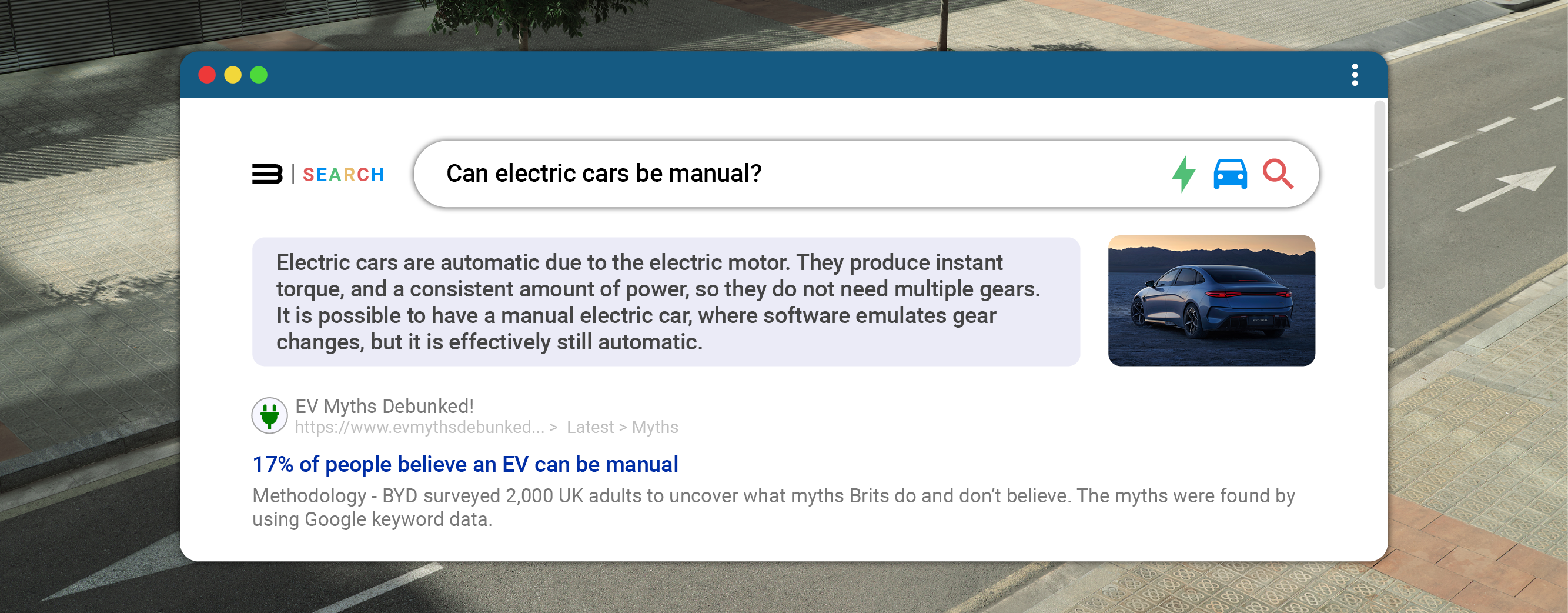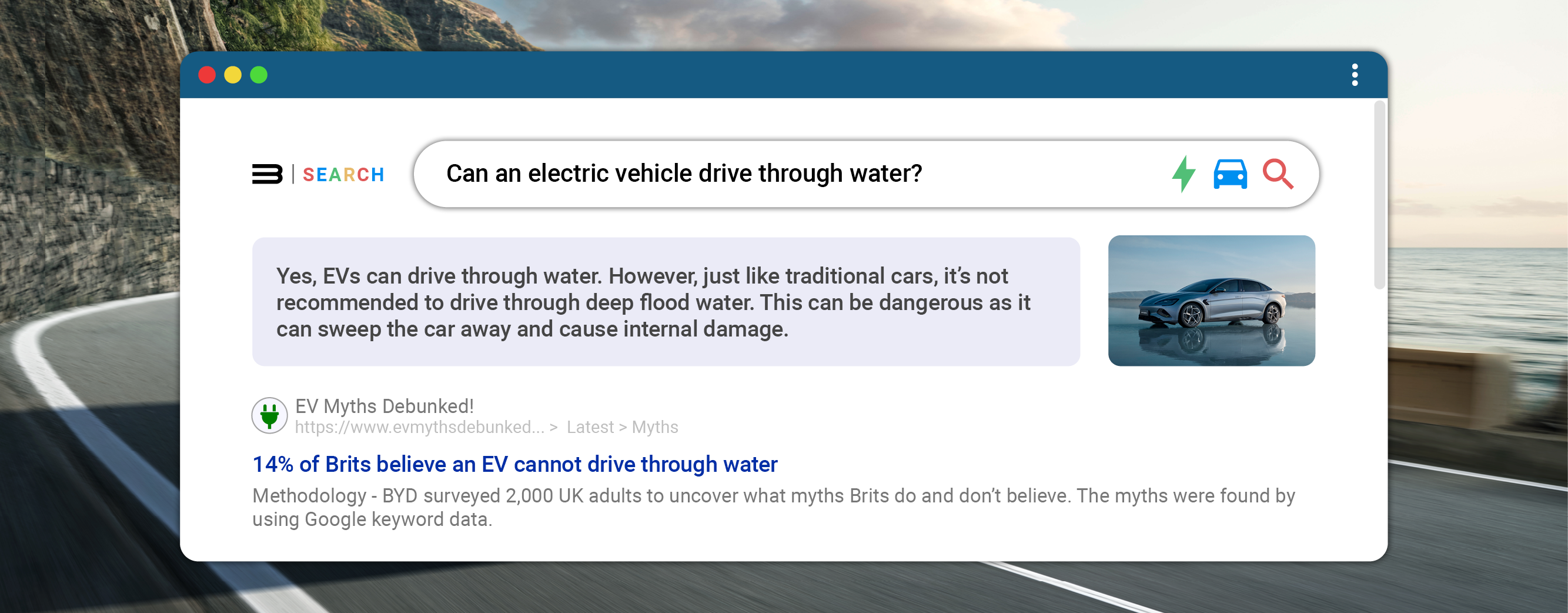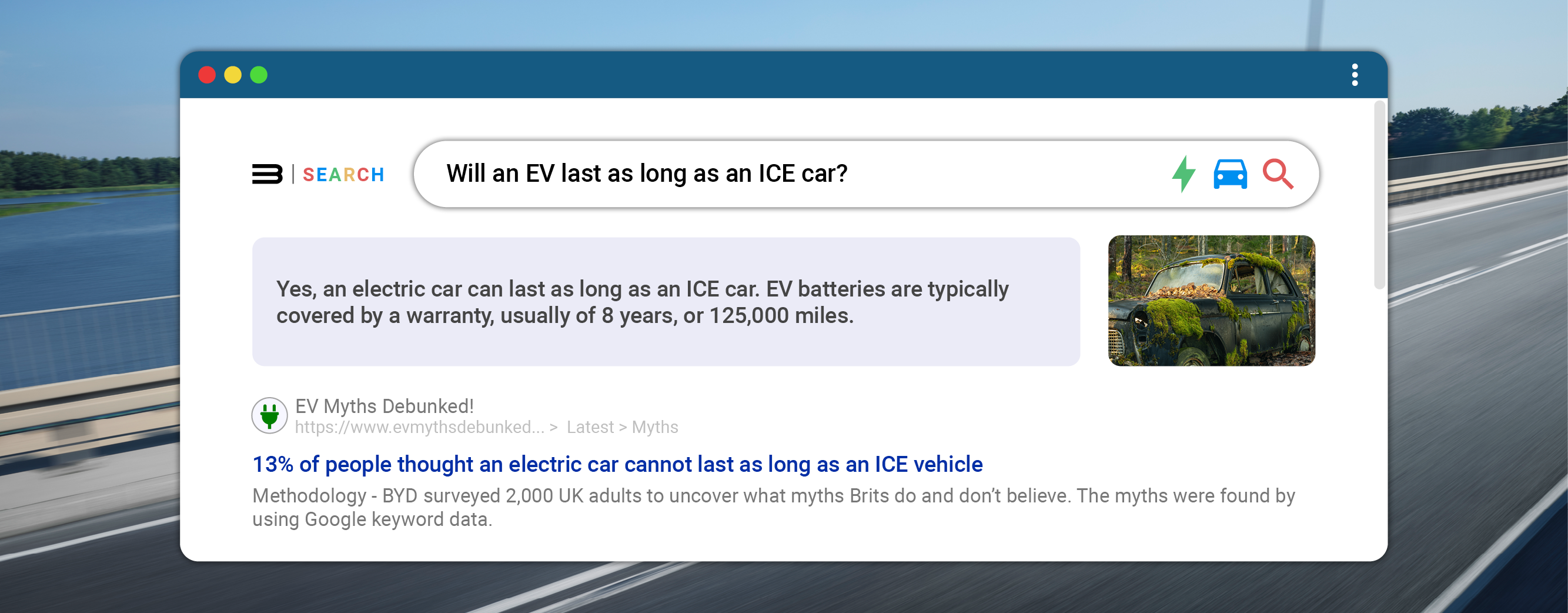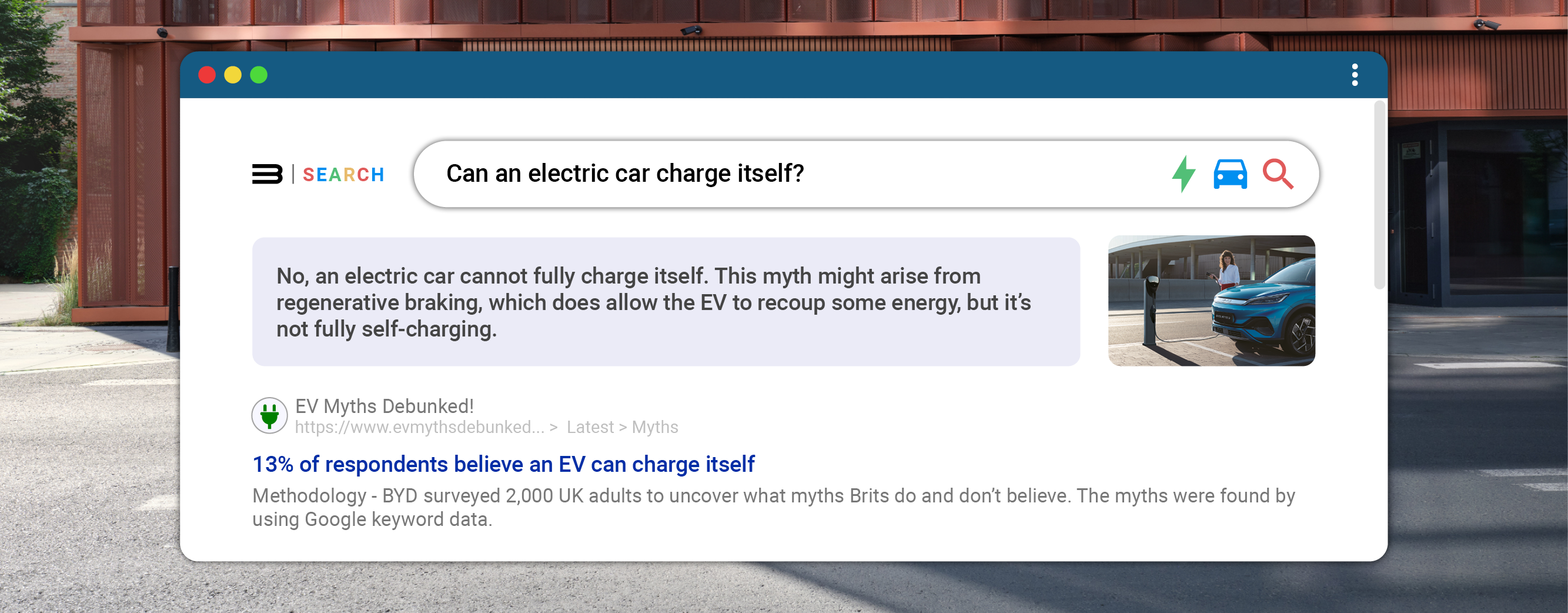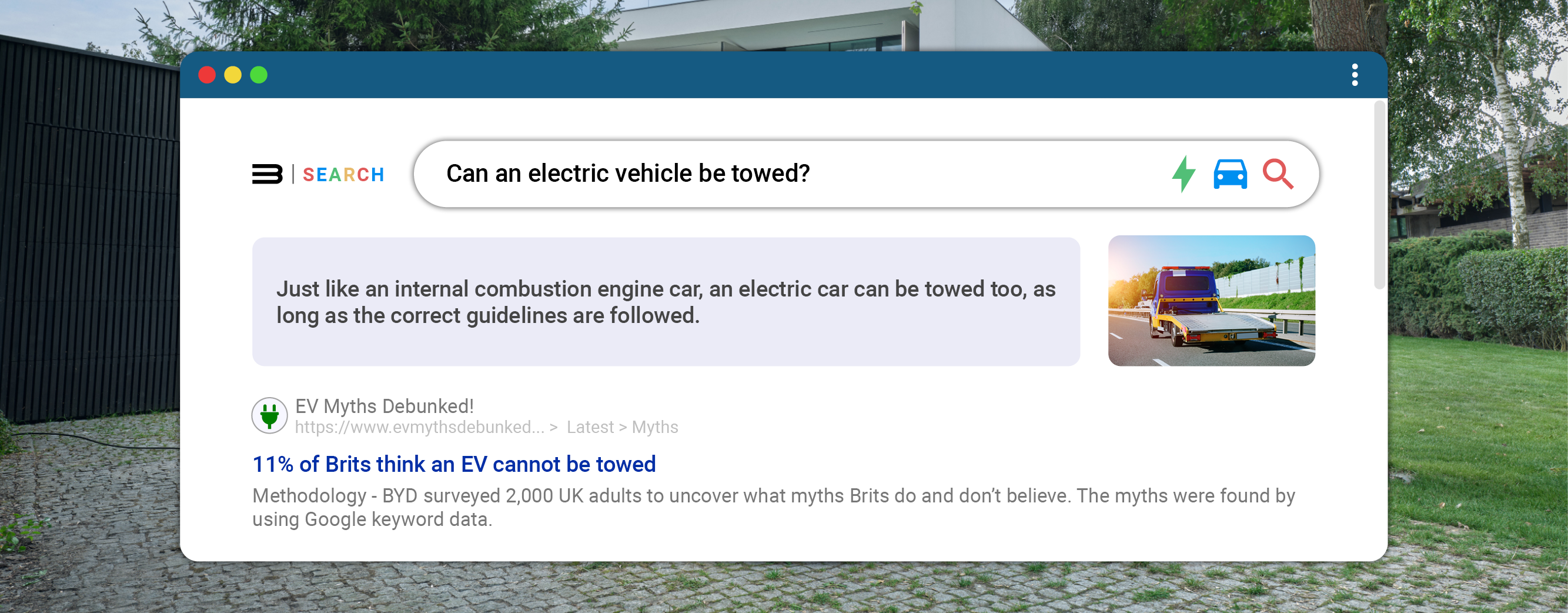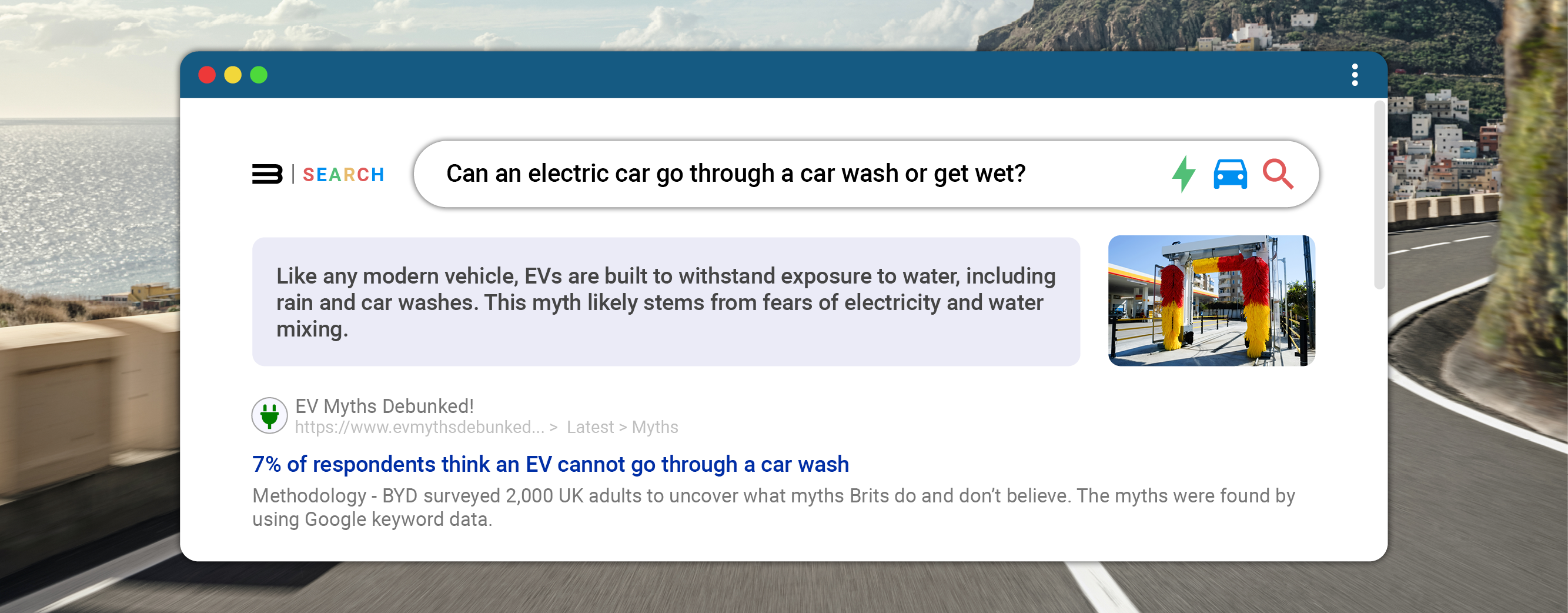Electric vehicles (EVs) are transforming the future of motoring, yet a surprising number of myths still surround them. While EV technology differs from traditional petrol and diesel cars, many misconceptions stem from simple misunderstandings.
At BYD, we’ve been pioneering sustainable transport solutions for over two decades, driven by a mission to create a greener future. As part of this commitment, addressing misconceptions about EVs is key to helping the transition to electric transport.
So, to uncover the most common myths about EVs and help guide people in the right direction, we surveyed 2,000 Brits, asking which statements they believed to be true. Here, we tackle the most popular myths and set the record straight.
The most common myth Brits believe is that you cannot take an EV charger with you when you move. Nearly one in five (18%) respondents believe this.
Although an EV charger is installed and fixed at home, in reality, you can take the charger when you move home. Wall-mounted chargers can be reinstalled at your new address by an electrician. However, it’s worth comparing the costs for reinstalling a charger versus buying a new one as sometimes installation is included in the purchase.
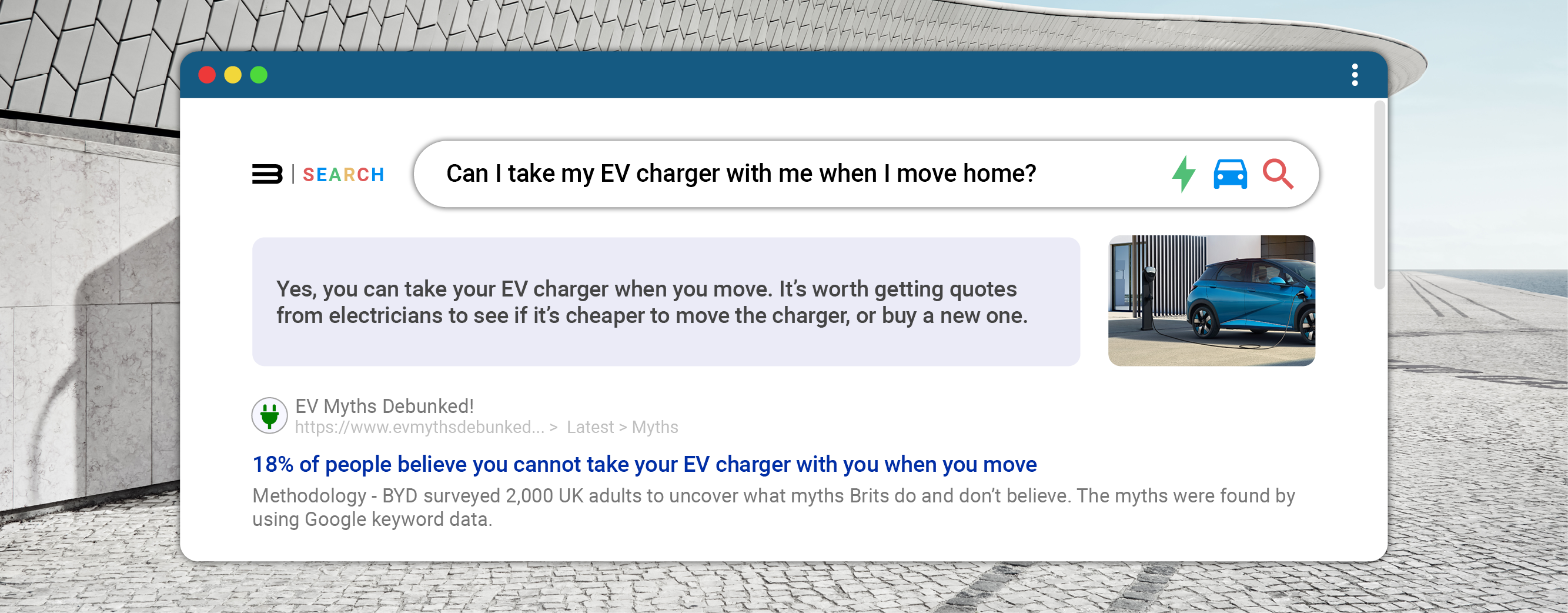
17% of people believe an EV can be manual. Whilst most petrol and diesel cars are manual in the UK, electric cars are automatic by design. EVs have a constant power output, delivering consistent power, so they don’t need a clutch or gearbox.
However, it is possible to simulate manual driving in an electric car, which some manufacturers are developing. This would give drivers a feel of driving in a traditional car, whilst still having an automatic transmission.
